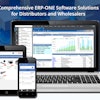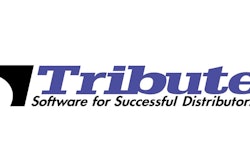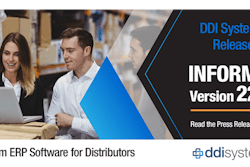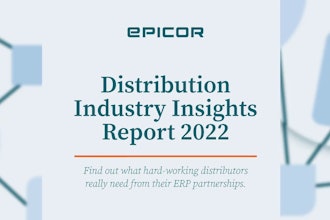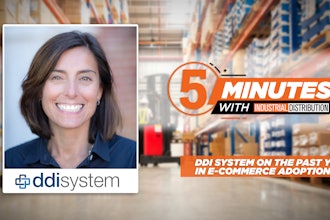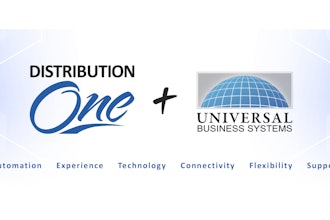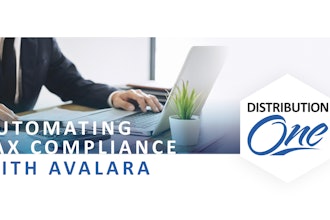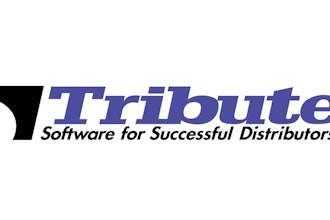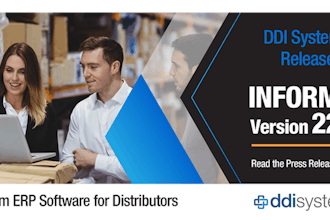
A new ERP system can be a mess to implement. The ERP system must keep track of all the moving parts and internal processes, making it crucial that the ERP system be set up to touch all aspects of your firm. This takes a long time but you need to reap the benefits quickly.
ERP Benefits
What are the benefits of ERP? Well, this all depends on your goals and how long you are willing to wait for them. Within 5 years of implementation, you can expect to see the following benefits:
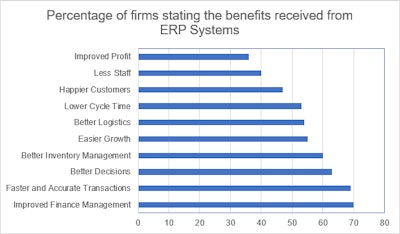 Benefits achieved from ERP Systems
Benefits achieved from ERP Systems
As a matter of fact, if you got an ERP to improve one part of your business, a well-implemented ERP system will net you unexpected benefits in other areas as well. But seeing those benefits can take 1 to 5 years.
The results seen the fastest are:
- Improved financial management due to better reporting
- Faster and more accurate transactions
- Better managerial decisions.
Unsurprising that once the data is quickly available and more accurate, the decisions made on that data will also be better and with better impact. On the other hand, improving profits and reducing headcount are areas that may take longer to achieve.
The first question is, what is causing delays?
Three Delays
There are three main causes that lead to delays in receiving benefits from your ERP system implementation. These are:
Not Reaching Critical Mass
Because of the complexity of an ERP implementation, you will likely implement different business units at a time. For example, you may start with a planning core and later add plug-ins to handle supply chain management, or HR.
This plug-in method, or unit-by-unit approach means that most of your staff is invested or ready to work and add data to the system at the same time. This leads to delays in accurate data. Basically, for the ERP to show its benefits, you have to minimize the delay in importing and adoption. A single-source database with no added plug-ins and ready training helps you ensure that you achieve critical mass sooner.
De-Prioritizing ERP Implementation
Because ERP systems are often a firm-wide initiative, implementing them can mean that other projects that have a higher immediate benefit are prioritized. These adjusted priorities are often felt in the back-office and delay the ERP system from reaching critical mass.
While show-stoppers should always be handled immediately, it goes without saying that keeping the ERP on schedule should never be sidelined. Updating the processes and data for the new system will net you the greatest benefits in the long run.
Poor User Adoption
It’s been said before: ERP is a big system, oftentimes with new or different controls from what your staff are used to. This means that it can take a while to get used to it. But it also means that your staff need to be pushed to use it more so they can get accustomed to it sooner.
User adoption is achieved with two solutions: management buy-in and user training. Be sure that your ERP vendor has a great implementation team, user training, support documentation and customer service.
Reap What You Sow
Now that we have the delays understood, we need to know:
- How can you see the benefits sooner?
- How can you get positive results when others didn’t?
- Can you maintain the benefits?
It turns out there are three interconnected actions you can take that ensure the benefits are seen sooner:
Integrate
This first one is obvious and might even be the reason you are looking for an all-in-one ERP system. Integrating all your disparate business units and locations with the data feeding to a central repository is the action that is most closely related to ERP success.
This means integrating all your data, apps and processes. This is an ongoing effort where the Lean PDCA method should regularly be called upon.
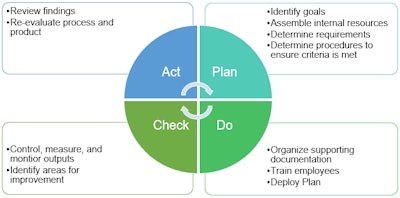 PDCA Method
PDCA Method
This ongoing integration effort ensures the three delays are minimized, since critical mass is achieved sooner, the implementation is a constant act, and staff are regularly involved in the ERP to help with the PDCA process, leading to faster adoptions.
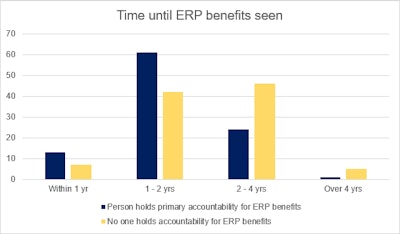 Firms that had a person accountable for reaping ERP benefits achieve them faster
Firms that had a person accountable for reaping ERP benefits achieve them faster
Also, having a person held accountable ensures that the ERP is made to be integrated into firm processes sooner.
Another item to look for, as discussed before, is to make sure your ERP is an all-in-one system with no added plug-ins. All your data in one place is as integrated as it gets.
Investing time and resources to implement the ERP system firm-wide nets you quicker returns from reaching critical mass with better integration and better flow between processes, business units and locations.
Optimize
One of the unsung benefits of an ERP firm-wide implementation is that it forces you to review your business processes.
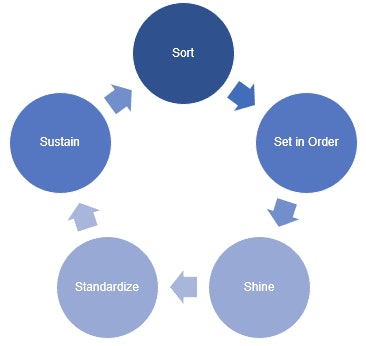 5S Method
5S Method
In a perfect world, you can change everything at once. However, we all know this world isn’t perfect. To start, be sure that optimization, or Lean thinking, is at the core of the culture in your firm. This means that your staff are constantly looking to make the required changes to improve your processes in a way that follows with your new ERP system.
Inform
Another leading cause for an ERP implementation is a desire for greater transparency, accuracy, and consistency delivered when you need it. This is one of the strengths of any ERP system, which is seen by how many adopters saw better decisions as a visible benefit of the ERP system (on Figure 1).
This added information allows you, in turn, to let your staff know what is going on. Regular implementation meetings and system usage help to ensure your people are informed.
In this, the ERP system helps you by ensuring that the staff have access to the data they need. Your ERP vendor training should help your team learn what reports and dashboards they need to look at.
Another crucial point of informing your staff comes from measuring your key indicators. Firms that tracked key indicators related to the desired ERP benefits saw faster returns with more involved staff when compared to firms that did not track relevant data.
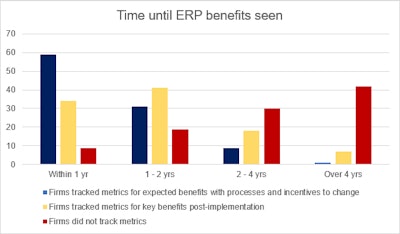 Firms that tracked ERP implementation benefits achieved them faster
Firms that tracked ERP implementation benefits achieved them faster
Keeping track of KPIs and ensuring that the firm is meeting goals and targets should be everyone’s responsibility.
Conclusion
Maximizing your ERP benefits requires planning. While the implementation itself is an ongoing process, an implementation that seeks to integrate, optimize, and inform will net you the benefits you are looking for sooner.
Just remember to:
- Ensure that the ERP implementation is integrated into your processes
- Optimize your processes to work with the ERP
- Inform your staff with relevant data, including KPIs, and hold persons accountable
Contact us for information on how OnRamp ERP can help improve your company.


